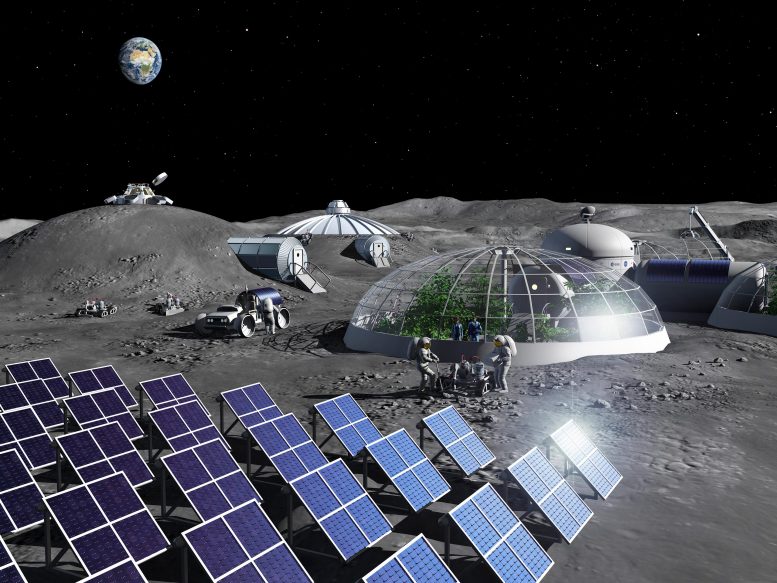
Artist impression of activities in a Moon Base. Researchers at the University of Pennsylvania have proposed an improved design for 2D transition metal dichalcogenide (2D TMDC) solar cells, a promising solution for supplying energy in space exploration and settlements due to their lightweight properties. Credit: ESA – P. Carril
University of Pennsylvania researchers have proposed a new design for lightweight 2D transition metal dichalcogenide (2D TMDC) solar cells, which could potentially double their efficiency from 5% to 12%. These cells, ideal for space applications due to their high specific power, are enhanced through a superlattice structure, resulting in increased solar absorption. The next step is to develop a method for large-scale production.
When it comes to supplying energy for space exploration and settlements, commonly available solar cells made of silicon or gallium arsenide are still too heavy to be feasibly transported by rocket. To address this challenge, a wide variety of lightweight alternatives are being explored, including solar cells made of a thin layer of molybdenum selenide, which fall into the broader category of 2D transition metal dichalcogenide (2D TMDC) solar cells. Publishing June 6 in the inaugural issue of the journal Device, researchers propose a device design that can take the efficiencies of 2D TMDC devices from 5%, as has already been demonstrated, to 12%.
“I think people are slowly coming to the realization that 2D TMDCs are excellent photovoltaic materials, though not for terrestrial applications, but for applications that are mobile—more flexible, like space-based applications,” says lead author and Device advisory board member Deep Jariwala of University of Pennsylvania. “The weight of 2D TMDC solar cells is 100 times less than silicon or gallium arsenide solar cells, so suddenly these cells become a very appealing technology.”
While 2D TMDC solar cells are not as efficient as silicon solar cells, they produce more electricity per weight, a property known as “specific power.” This is because a layer that is just 3–5 nanometers thick—or over a thousand times thinner than a human hair—absorbs an amount of sunlight comparable to commercially available solar cells. Their extreme thinness is what earns them the label of “2D”—they are considered “flat” because they are only a few atoms thick.
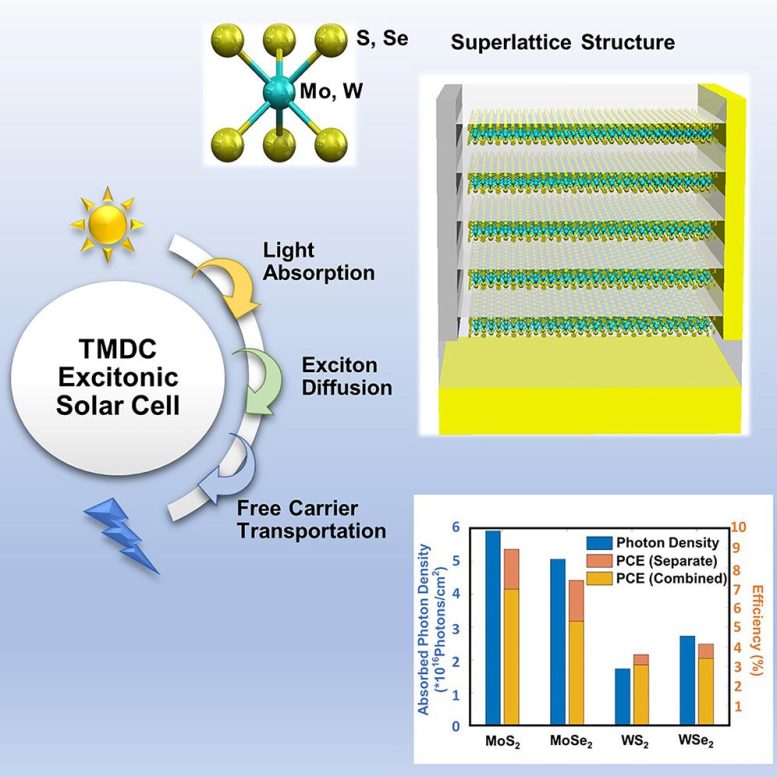
How good can 2D excitonic solar cells be? Credit: Device/Hu et al.
“High specific power is actually one of the greatest goals of any space-based light harvesting or energy harvesting technology,” says Jariwala. “This is not just important for satellites or space stations but also if you want real utility-scaled solar power in space.”
“The number of solar cells you would have to ship up is so large that no space vehicles currently can take those kinds of materials up there in an economically viable way. So, really the solution is that you double up on lighter weight cells, which give you much more specific power.”
The full potential of 2D TMDC solar cells has not yet been fully realized, so Jariwala and his team have sought to raise the efficiency of the cells even further. Typically, the performance of this type of solar cell is optimized through the fabrication of a series of test devices, but Jariwala’s team believes it is important to do so through modeling it computationally.
Additionally, the team thinks that to truly push the limits of efficiency, it is essential to properly account for one of the device’s defining—and challenging to model— features: excitons.
Excitons are produced when the solar cell absorbs sunlight, and their dominant presence is the reason why a 2D TMDC solar cell has such high solar absorption. Electricity is produced by the solar cell when the positively and negatively charged components of an exciton are funneled off to separate electrodes.
By modeling the solar cells in this way, the team was able to devise a design with double the efficiency compared to what has already been demonstrated experimentally.
“The unique part about this device is its superlattice structure, which essentially means there are alternating layers of 2D TMDC separated by a spacer or non-semiconductor layer,” says Jariwala. “Spacing out the layers allows you to bounce light many, many times within the cell structure, even when the cell structure is extremely thin.”
“We were not expecting cells that are so thin to see a 12% value. Given that the current efficiencies are less than 5%, my hope is that in the next 4 to 5 years people can actually demonstrate cells that are 10% and upwards in efficiency.”
Jariwala says the next step is to think about how to achieve large, wafer-scale production for the proposed design. “Right now, we are assembling these superlattices by transferring individual materials one on top of the other, like sheets of paper. It’s as if you’re tearing them off from one book, and then pasting them together like a stack of sticky notes,” says Jariwala. “We need a way to grow these materials directly one on top of the other.”
Reference: “How Good Can 2D Excitonic Solar Cells Be?” by Zekun Hu, Da Lin, Jason Lynch, Kevin Xu and Deep Jariwala, 6 June 2023, Device.
DOI: 10.1016/j.device.2023.100003
This work was supported by the Asian Office of Aerospace Research and Development (AOARD), the Air Force Office of Scientific Research (AFOSR), the Office of Naval Research, University Research Foundation at Penn, the Alfred P. Sloan Foundation, and the Center for Undergraduate Research Fellowships (CURF) at U. Penn.


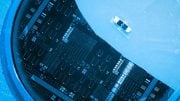
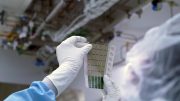
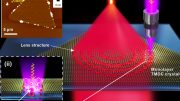
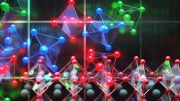
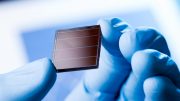
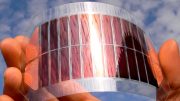
Why spend time and money on a design that has a theoretical maximum efficiency of 12% when there are already lightweight materials that give 20% with a maximum theoretical efficiency of 34%? These can be rolled up to be more compact.
https://scitechdaily.com/two-layers-are-better-than-one-for-efficient-solar-cells-affordable-thin-film-solar-cells-with-34-efficiency/